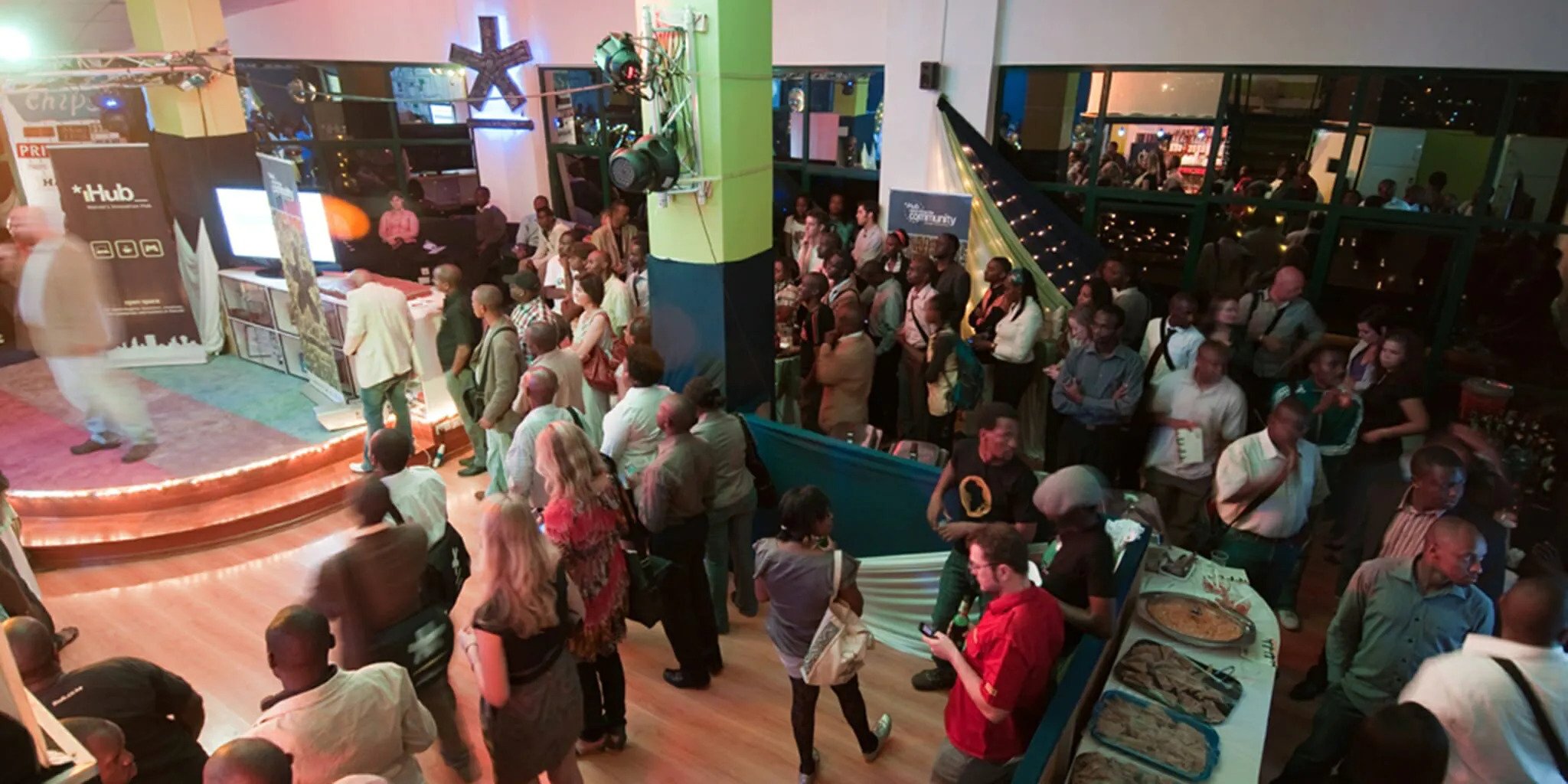Here are the most important factors in securing an enterprise in a remote access world.
When the pandemic hit, companies scrambled to get remote workers up and running. Security, while not ignored, didn’t get the consideration it deserved. We are past that now.
“This pandemic has been a wake-up call to double down on your employees’ ability to do their job on any device from anywhere at any time of day,” says Tim Ferrell, master cybersecurity architect at Hewlett Packard Enterprise. “You now have these unmanaged, unsecured, and untrusted devices, and they’re all attempting to connect into what is a normally very secure corporate or, in some cases, government agency network. You can see it just dramatically increases the amount of risk in the environment.”











